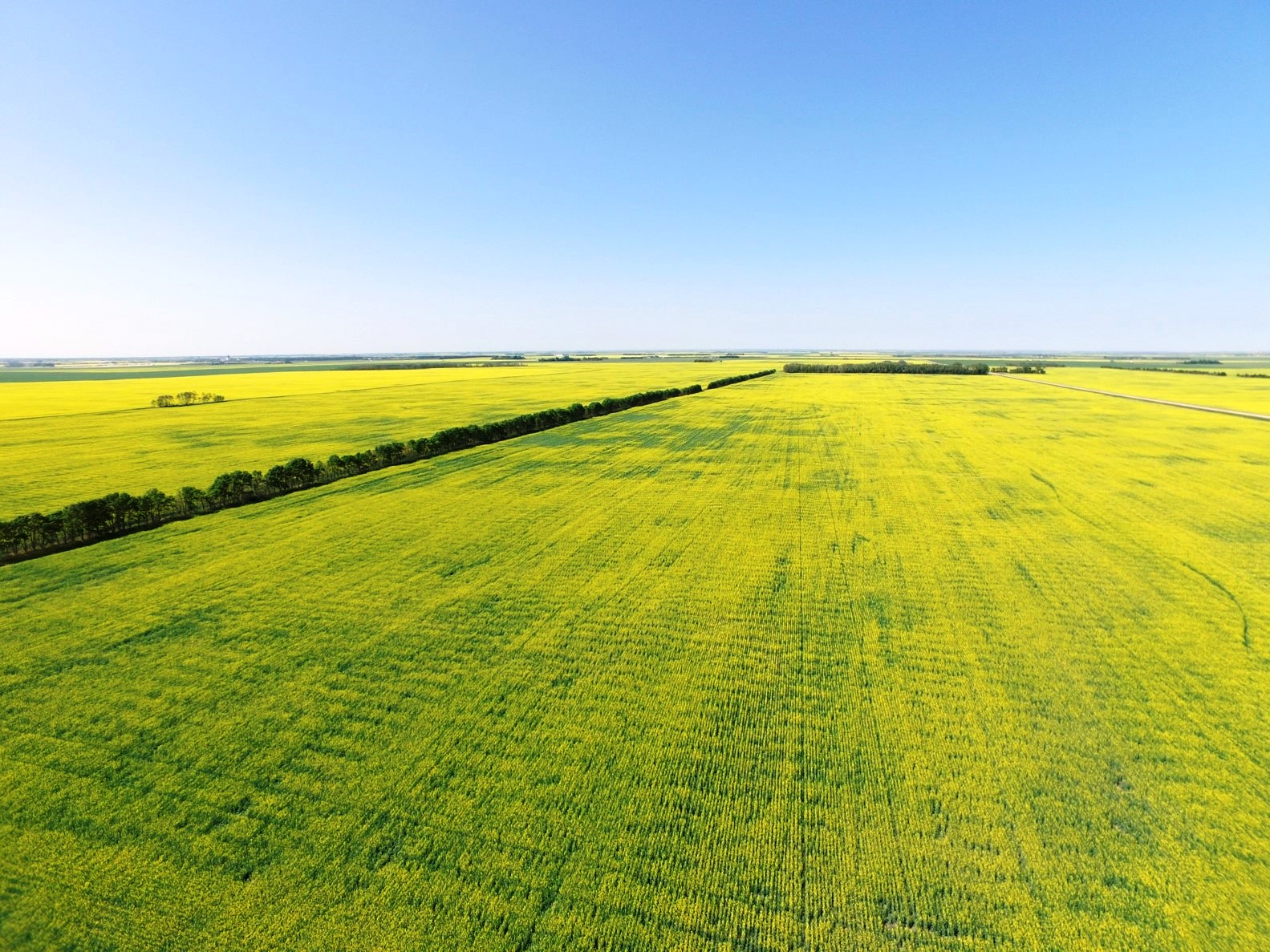Agroforestry in Practice: from the Amazon to Appalachia

It’s late afternoon, and the sun is peaking through a gap in the clouds that loom overhead. I’m hunched over my knees in a small metal rowboat (Figure 1), the latest in a series of body postures I’ve assumed in the hope of making myself more comfortable. With me is my friend Helena—a Brazilian who works for NAPRA, the Support Center for the Riverside Populations of the Amazon—her colleague Bruna, and the two community members who picked us up in a nearby town. Our destination is Cuñia Lake, in the north of the Brazilian state of Rondônia, home to an agroforestry-based community. With funds through a federal exchange program* I spent a week at Cuñia in April 2018, supporting the agroforestry activities that sustain the community with the hope of shedding new light on my work at Rural Action with forest landowners in Appalachian Ohio.
- Details
- Written by Karam Sheban, Forestry Program Specialist with Rural Action; master’s student at the Yale School of Forestry and Environmental Studies



